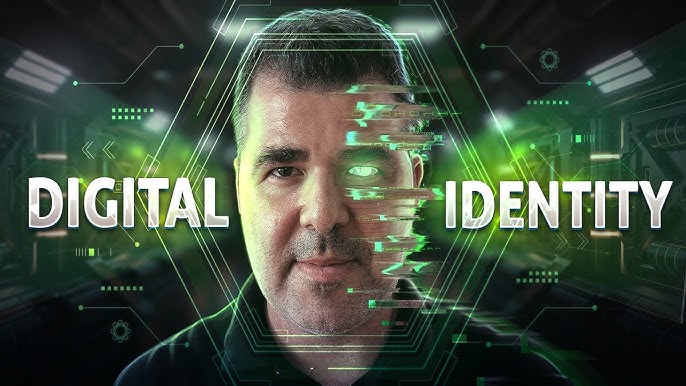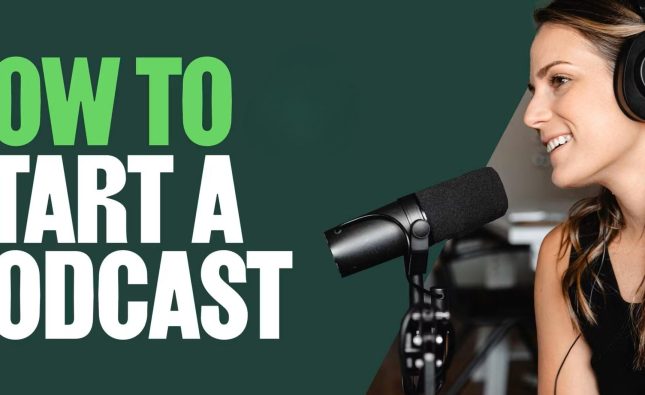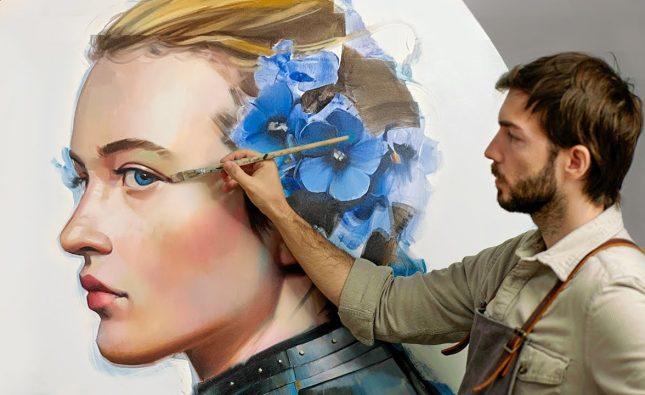
Introduction:
Throughout history, art has been a powerful medium for expressing the beauty and complexity of the human form. From ancient cave paintings to modern masterpieces, artists have sought to capture the essence of human anatomy through their brushstrokes. However, beneath the surface of these artistic representations lies a deep understanding of the intricacies of human anatomy. This article explores the fascinating relationship between art and anatomy, delving into how artists have studied and depicted the human body throughout the ages.
I. The Historical Marriage of Art and Anatomy:
- Ancient Connections:
- Cave paintings and early sculptures: The earliest examples of human artistic expressions often depicted figures with a rudimentary understanding of anatomy. Artists relied on observation and experimentation to capture the essence of the human form.
- Ancient Egypt and Greece: Civilizations like the Egyptians and Greeks made significant strides in anatomical knowledge, allowing artists to portray the human body with greater accuracy and realism.
- The Renaissance Revolution:
- Leonardo da Vinci: The Renaissance period marked a significant turning point in the study of human anatomy. Artists such as Leonardo da Vinci dissected cadavers to gain a deeper understanding of human anatomy, resulting in highly detailed and anatomically precise artworks.
- Michelangelo’s Sistine Chapel: Michelangelo’s awe-inspiring frescoes in the Sistine Chapel showcased his profound knowledge of the human body, with each figure meticulously crafted to reflect anatomical accuracy.
II. Bridging Art and Science:
- Anatomy as an Artistic Discipline:
- Art academies and anatomical study: In the 17th and 18th centuries, the establishment of art academies provided artists with opportunities to study anatomy alongside their artistic training. Dissections and anatomical drawings became integral parts of an artist’s education.
- Écorché sculptures: Artists created detailed écorché sculptures, which depicted human figures with their skin removed to reveal the underlying musculature. These sculptures served as valuable references for understanding the three-dimensional form of the body.
- Scientific Contributions to Art:
- Andreas Vesalius: Vesalius, a renowned anatomist, published “De humani corporis fabrica” in 1543, a groundbreaking anatomical treatise that revolutionized the study of anatomy. Artists eagerly adopted Vesalius’ discoveries, integrating them into their artistic practices.
- Anatomical atlases: The development of anatomical atlases, such as those by Vesalius, played a crucial role in disseminating anatomical knowledge to artists. These visual references aided artists in achieving greater accuracy and realism in their representations of the human body.
III. Modern Perspectives on Anatomy in Art:
- Contemporary Artistic Practices:
- Figurative art: Many contemporary artists continue to explore the human form, delving into the complexities of anatomy through a variety of mediums. From paintings to sculptures and digital art, artists push boundaries and challenge traditional representations of the body.
- Medical illustration: The field of medical illustration combines art and science to communicate complex anatomical information. These illustrations are vital in medical education and scientific publications, ensuring accuracy and clarity in depicting the human body.
- Technology and Anatomy:
- Digital tools: Advancements in technology have opened new possibilities for artists and anatomists alike. Digital tools enable artists to create intricate and realistic representations of human anatomy, while medical imaging technologies provide detailed insights into the human body’s inner workings.
Conclusion:
The intersection of art and anatomy has long been a source of fascination and inspiration. From ancient civilizations to the Renaissance and beyond, artists have strived to capture the intricacies of the human body through their artistic creations. Through the marriage of art and science, artists have deepened their understanding










